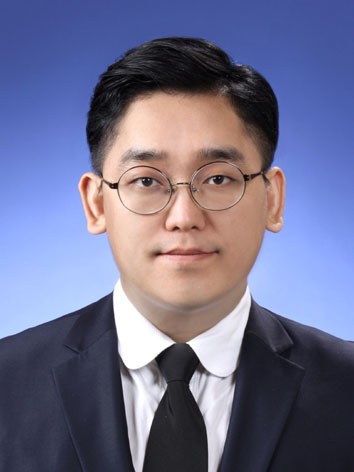Date: Tuesday, 25 June 2024
Time: 16:15 - 17:15 CEST
Session code 5BV.8
Pyrolysis and kinetic investigations
Experimental Study on Characterization of Hydrogen Production by Heavy Hydrocarbon Cracking Based on Biochar
Short Introductive summary
Due to the increasing use of plastics, the development of fuel conversion and recycling technologies is increasing. Among the utilization technologies for waste plastics, pyrolysis is carried out to produce hydrogen and synthesis gas. Tar is condensed gas in pyrolysis gas with heavy hydrocarbon of C6 and above, and reduction is necessary to increase the hydrogen production. Conventional tar decomposition techniques primarily employ activated carbon in both pyrolysis and gasification. Biochar is the solid product with valuable physical and chemical properties such as a high carbon content, large surface area, and higher the resistance to biological/chemical decomposition. Biochar has a small specific surface area compared to activated carbon, but it can be utilized as catalyst for tar cracking due to its structures of some amorphous carbon. Biochar can be directly applied as a soil conditioner by increasing its specific surface area by reactions with tar. In this study, the pyrolysis characteristics of waste plastic and the thermal and biochar cracking characteristics of tar were evaluated.
Presenter

YongWoon LEE
Korea Institute of Industrial Technology, Thermochemical Energy System Group
Presenter's biography
Dr. YongWoon Lee received his Ph.D. degrees (2016) in department of mechanical engineering at Sungkyunkwan University. Currently he is a researcher of Thermochemical Energy System R&D Group at KITECH, and performing a biomass co-firing project in Korean pulverized coal power plants.
Biographies and Short introductive summaries are supplied directly by presenters and are published here unedited
Co-authors:
Session reference: 5BV.8.2
